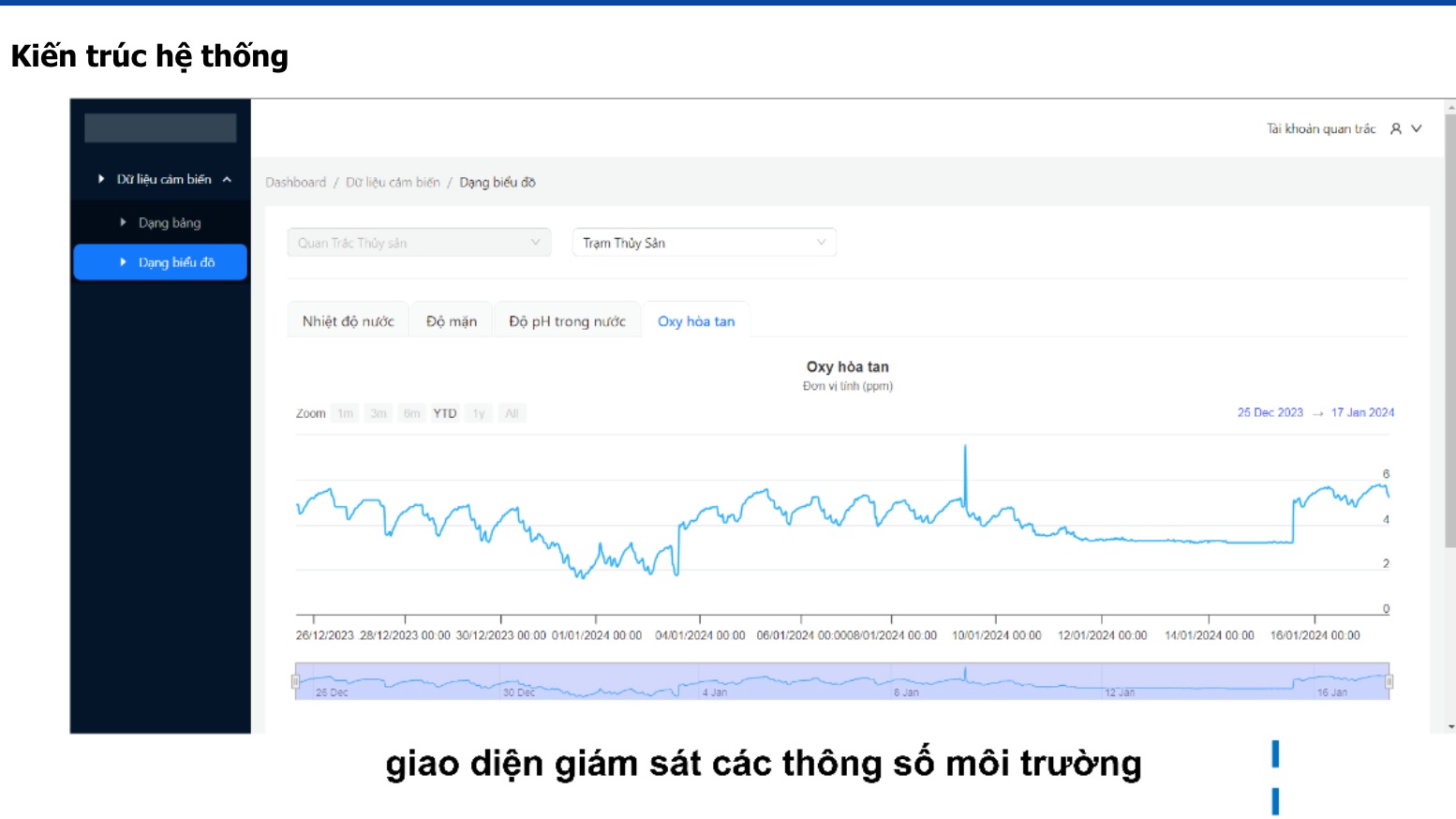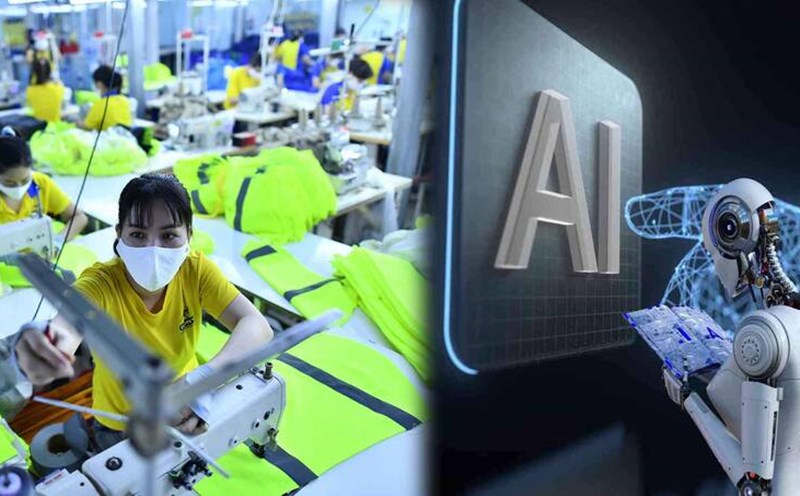Currently, Can Tho University is implementing the Technical Assistance Project - Phase 2 (TC2), including 12 research models on technology transfer in many fields for businesses and people in the Mekong Delta (MD).
In which, Dr. Truong Minh Thai - Head of Software Technology Department, School of Information and Communication Technology (Can Tho University) - is in charge of model number 11, applying industry 4.0 in agricultural and aquatic production.

Speaking to Lao Dong Newspaper, Dr. Truong Minh Thai said that the model has been implemented for 2 years (since December 2022), researching the application of Internet of Things (IoT) technology, big data (BigData), artificial intelligence (AI) to help aquaculture become more accurate and smarter.
“During the implementation process, we have researched measuring devices to be able to monitor environmental conditions as well as control equipment in aquaculture. For example, in low oxygen conditions, the device can control the fan to provide better oxygen,” said Dr. Thai.


The monitoring system for aquaculture uses IoT technology and multi-agent sensor networks to collect and display environmental parameters of aquaculture ponds such as: water level, dissolved oxygen, salinity, pH, temperature, NH4... in water.
Along with measuring devices, Dr. Thai also built a software model to support agricultural experts and farmers. When experts research a production process, the model will help digitize this process. Then, based on digitization, it can guide and remind farmers how to care for and record aquaculture diaries.


In this software, experts guide farming steps, especially can post videos, detailed instructions images... When farmers enter the system, if they want to produce any model (for example, circular shrimp farming), they just need to select and copy, set the start date, then the system will display the schedule so that farmers can rely on the instructions and follow.
“This benefits the traceability process in production. In particular, based on the collected data, we have built models on applying big data analysis as well as AI, thereby providing advice and supporting decisions for the production process, in order to save raw materials, reduce risks in production and improve product quality for farmers,” Dr. Thai explained.

However, according to Dr. Thai, there is a huge difference between testing measuring devices in the laboratory and transferring them to real-life use. Therefore, the model must go through many testing, manufacturing, and improvement processes before it can be put into use.
Creating a software model that is used by farmers requires researchers to create a simple, effective software that meets the requirements of farmers to be able to use it most easily. This is a huge challenge for the technology team.
According to Dr. Thai, the water environment monitoring system for aquaculture and the software model have both been put into use. However, the model is still recording feedback from users, thereby continuing to improve and upgrade both software and hardware, so that the equipment becomes more convenient, the software is more user-friendly, and meets the practical requirements in aquaculture.











